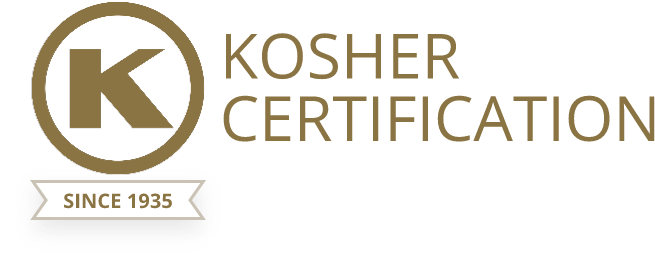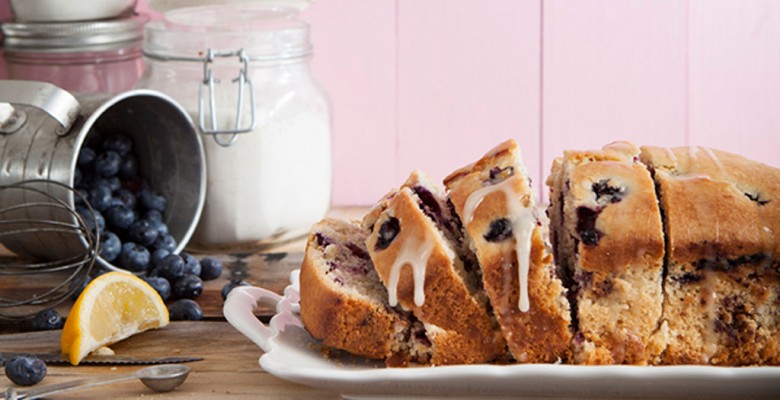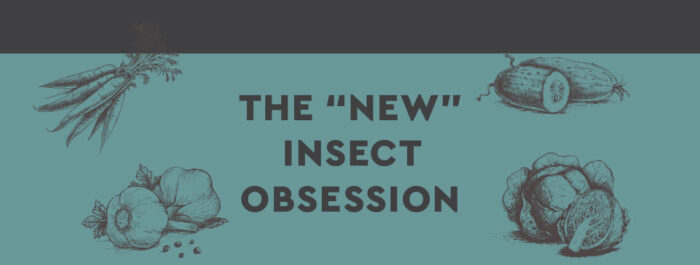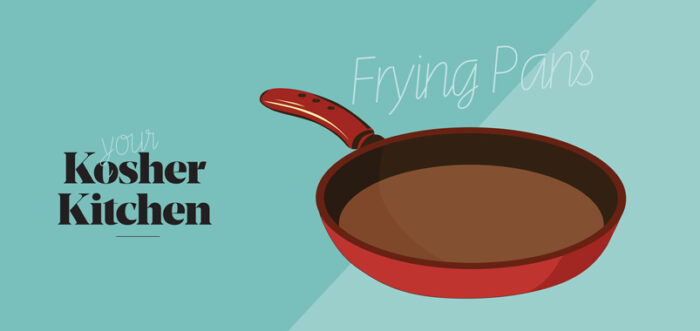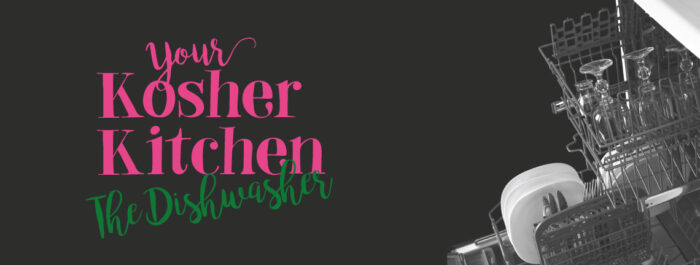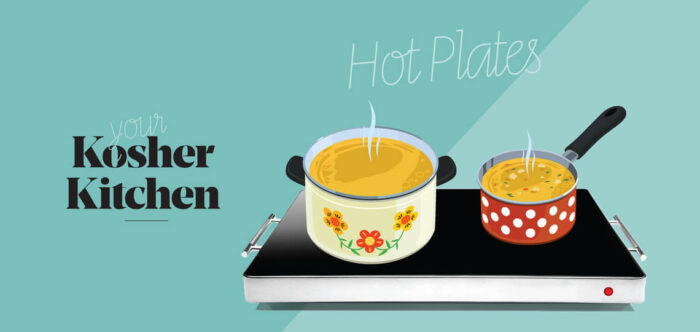The decision to make your home kosher is a big one, but it need not be overwhelming. Help is available at every stage!
The kosher home is an important element in the foundation of Jewish life. Whether you are embarking on the exciting step of setting up a newly kosher kitchen or have been keeping kosher for years, the following step-by-step guide will prove most helpful. Before long, “keeping kosher” will be second nature to you, an integral part of your life as a homemaker and as a Jew.
Any kitchen can be made kosher. Whether your kitchen is up-to-the minute in design and appliances or was fitted in a previous era; whether you have a spacious “great room” or a tiny galley kitchen, you can readily adapt it to kosher practices.
After carefully reading the following guide, contact a qualified expert to answer any questions you may have and help you take the next steps. The Chabad representative in your area will be happy to assist you in transforming your kitchen, as will most Orthodox Rabbis.
Often, the Rabbi’s wife or a knowledgeable woman with the practical, hands-on experience of keeping kosher will provide the most help.
1) Before you Begin
Even before your kitchen is made kosher, begin preparing for the change:
- Buy only foods which are certified kosher.
- Begin to keep meat and dairy separate.
- Remove all questionable foods.
Before making the kitchen kosher, discard all foods prepared in the pre-kosher kitchen. Many people use disposable utensils just before going kosher until their dishes are koshered or new dishes are purchased.
2) Inventory of Kitchen Items
One of the first things that the person helping you become kosher will do is divide all the items in your kitchen into two categories:
- 1) Those which cannot be koshered and can no longer be used in a kosher kitchen, and
- 2) Those which can be used after undergoing the various procedures of koshering (making kosher).
Some new purchases will undoubtedly be necessary. New items may include dishes, some additional pots, plastic drain boards, and basins for the sink. In addition to koshering, many new dishes and utensils require immersion in a Mikvah before being used.
Decide which cabinets you will use for the newly separated meat and dairy dishes. Labeling these storage areas is a good idea.
3) Koshering Utensils
Many of the utensils in your kitchen will continue to be used after undergoing a process called koshering (also: kashering). After you and your rabbi decide which utensils will be koshered, make an appointment for him to come kasher your kitchen.
There are several methods of koshering, including immersing a utensil in boiling water or heating it with a blowtorch. The method used depends upon the type of utensil and how it has been used.
To prepare for the procedure, clean all parts of the kitchen well. Counters, tables, ovens, stoves and refrigerator should be perfectly clean. Scrub utensils and set them aside. Twenty-four hours prior to koshering, the stove, oven and broilers should not be turned on, and hot water should not be poured into the sink.
4) Planning Your New Kitchen
Maintaining a kosher kitchen is made much easier with designated work areas for milk and meat. But, while a kitchen remodeled or designed for kashrut observance (e.g., two sinks, two stoves) is certainly a great convenience, it is by no means a necessity.
In keeping with the total separation of meat and dairy required in the kosher kitchen, separate sets of dishes, pots, silverware, serving dishes, bread trays and salt shakers are needed. These different sets should be kept in separate cabinets. Also necessary are separate sets of draining boards, draining racks, dish sponges, scouring pads, dish towels, and tablecloths. Dish soap, cleanser, and scouring pads used for dishes and pots do not require kosher certification, but it is a universal custom to use products that are certified kosher if they are available.
A very practical and widespread practice in Jewish homes is to plan the different sets of meat and dairy utensils around a color scheme. A common example is red for fleishig (meat), blue for milchig (dairy) and white or yellow for Pareve. Draining racks, sponges and dish towers are key elements in this color system. Choose your own color scheme and use it as a reminder for yourself and anyone else who will be working in your kitchen. (The dishes themselves need not conform to a strict color scheme, but should be readily distinguishable.)
One must be especially careful to mark utensils that look similar for both meat and dairy, such as knives, ladles or wooden spoons. Distinguish between such utensils by having a different color or design, or paint a line on the handles according to the color scheme. Plastic tape, color-coordinated sings, or paint of the same color may be used to mark other items.
The Sink
Separate sinks for washing dishes and preparing foods are recommended, one designated as meat and the other as dairy. If the two sinks are adjoining, there should be an effective separation between them so that no water or food splashes from one sink to the other.
If there is only one sink, it may be used after it has been completely cleaned, but the inside of the sink should be regarded as non-kosher. No food or dishes should be put directly into non-kosher sinks. There should be separate dish pans and slightly elevated racks under the dish pans for both meat and dairy. Similarly, two sinks which were used before the kitchen was kosher should also be regarded as non-kosher, unless they are stainless steel and were koshered.
Surfaces and Appliances
The separation of meat and dairy must be maintained throughout the kitchen. Consult your rabbi as to how to clean and kosher surfaces or appliances that were non-kosher.
Countertops
Designate separate countertops or work areas for meat and dairy. If one area must be used for both, separate coverings must be used.
Tables
A table can be used at different times for meat and dairy if one uses different tablecloths or placemats. A new table or a table surface that was koshered can be used for one category and a tablecloth or placemats used for the other.
Refrigerators and Freezers
These may be used for all food types. However, separate areas should be designated for meat and dairy foods to prevent leakage onto other foods. Sometimes a shelf or the door of the refrigerator or freezer is kept for dairy.
If dairy is kept on a shelf inside the refrigerator, one should cover the shelf with aluminum foil or a plastic liner. If dairy drips on the liner, the liner must be carefully removed and replaced. Similar care must be taken with meat products inside the refrigerator.
One should avoid placing hot meat or hot dairy foods in the refrigerator as this may affect the other foods in the refrigerator and cause kashrut problems.
The stove top
Where heat is involved, the kosher laws concerning the accidental mixture of meat and dairy foods become much more complex. Therefore, strict precautions are taken concerning the use of the stove and oven for meat and dairy products.
The ideal set-up in the kosher kitchen is to have two separate stoves. A practical alternative is to use the full size range for meat, and a portable gas or electric range or cook top for dairy.
Where one stove is used, separate burners designated for milk or meat use are preferable. If this is not possible, extra care must be taken to keep the burners very clean.
It is best to avoid cooking both types of food at the same time since the steam or food in one pot might splatter or escape to another, creating serious kashrut problems regarding the food and pots involved.
If it becomes necessary to cook both meat and dairy foods in separate pots at the same time, utmost care should be taken that the lids are secured tightly at all times and that an upright sheet of tin or other metal separates the pots.
Take care to avoid lifting lids of both meat and dairy pots at the same time. If the lids must be lifted to check the food or add any ingredients, raise the lid only slightly off the pots, tilted away from the opposite pots. It is best to have the meat and dairy pots well separated, to keep each pot’s steam or liquid from coming in contact with the other pot’s contents and steam.
The Oven and Broiler
As the following paragraphs will describe, it is best to use your oven for only one type of food: meat, pareve or dairy. If only one oven is available, the use of portable broilers or toaster-ovens for other food types is advisable.
Meat and dairy foods may never be baked or broiled in one oven at the same time, even in separate bake ware. Dairy foods should not be baked in a meaty oven, or vice versa.
If you wish to keep an oven pareve and use it for both meat and dairy (at separate times), consult an Orthodox Rabbi. As a basic rule, meat or dairy foods cooked in a pareve oven must be tightly covered all around, including the bottom. It is advisable to place a piece of foil under the pan and to change it for meat or dairy use. The pan may only be opened for testing when it is completely removed from the oven. See sidebar for an additional scenario
Small Appliances
In order to be used for more than one food type (meat, dairy, or pareve), an electric mixer, blender or grinder must have separate attachments, but may share a single motor. Even when using separate attachments, the machine should be cleaned well on all sides after each use.
Dishwashers
It is preferable for dishwasher to be designated for the exclusive use of either meat or dairy. If you have further questions, consult and Orthodox Rabbi, as there are many factors involved in ensuring a kosher dishwasher.


 EN
EN  ZH
ZH  KR
KR  BR
BR  ES
ES  IN
IN  IL
IL 